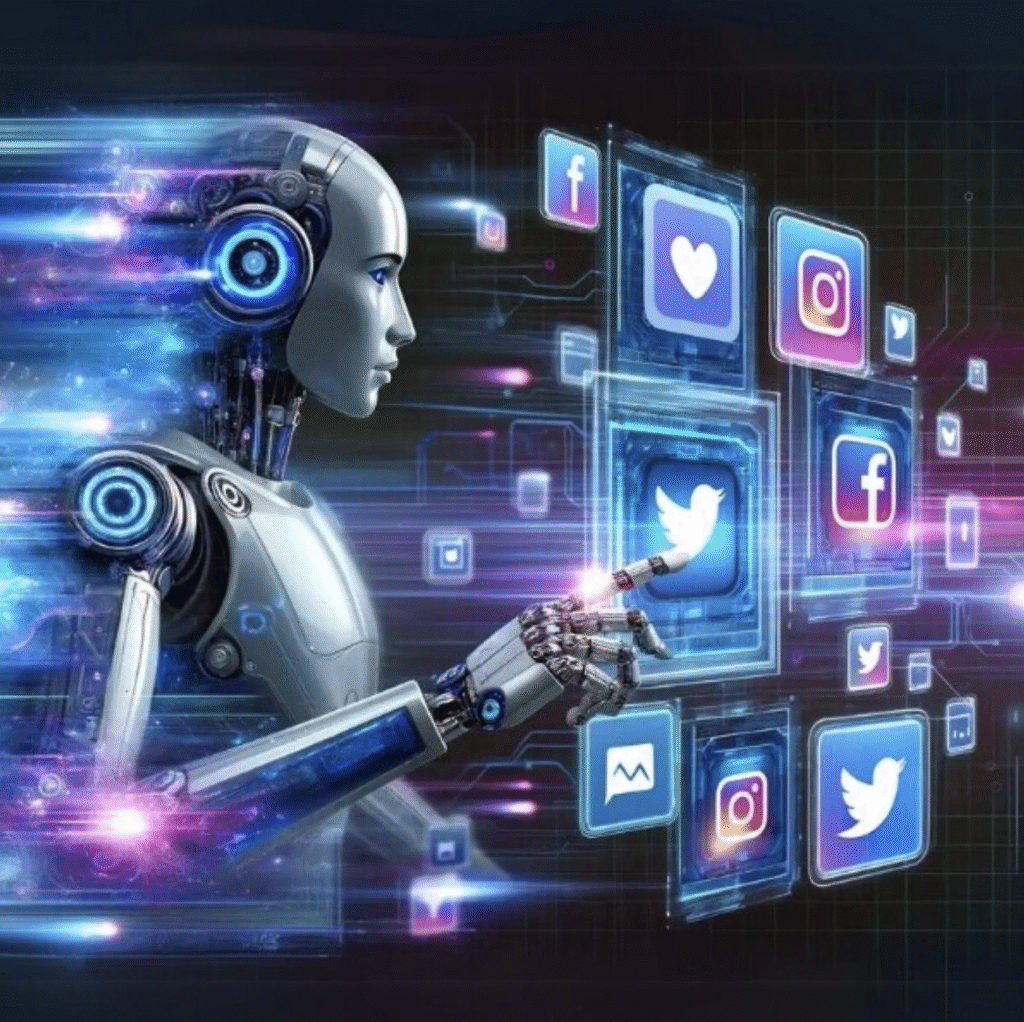The Rise of AI Avatars: Revolutionizing Personal Branding in the Digital Age


In today’s rapidly evolving digital world, personal branding has reached new heights. With the rise of artificial intelligence, one of the most intriguing developments is the emergence of AI avatars. These digital representations of individuals have introduced a novel way of self-expression and branding that was previously unimaginable. In this article, we’ll explore how AI avatars are revolutionizing personal branding in the digital age.
—
Understanding AI Avatars
At its core, an AI avatar is a digital version of a person, created using advanced artificial intelligence technologies, often resembling the individual in look, voice, and even personality. These avatars can be simple cartoon-like figures or photorealistic digital humans that mimic the person’s movements and expressions. With tech giants like Meta, Google, and numerous startups investing in avatar technology, these digital personas are becoming increasingly accessible and sophisticated.
AI avatars are constructed using a blend of technologies such as machine learning, natural language processing, and computer vision. While machine learning powers the avatar’s ability to learn and adapt, natural language processing allows it to communicate effectively, and computer vision aids in creating realistic facial expressions and movements.
—
The Impact on Personal Branding
The advent of AI avatars has significant implications for personal branding. In an era where digital presence is critical, AI avatars can enhance online identity by offering a unique and consistent representation across various platforms.
Imagine being present in multiple locations at once without leaving your home. AI avatars make this possible. They can interact in virtual meetings, present webinars, and even engage with followers on social media, thus expanding one’s reach and influence. This not only increases visibility but also ensures a consistent brand image, as the avatar acts as a controlled version of oneself.
Moreover, AI avatars allow individuals to connect with a diverse audience in a personalized manner. They can adapt language, tone, and style based on audience preferences, ensuring meaningful engagements. This level of personalization can significantly boost how individuals are perceived online, strengthening their brand.
—
Examples of AI Avatars in Use
Several notable figures and companies have already begun to use AI avatars for personal branding. For instance, tech influencers and educators are utilizing avatars to deliver lectures or tutorials, creating engaging experiences without the geographical or temporal constraints typically seen with live events.
In South Korea, a prominent news anchor uses an AI avatar to deliver news around the clock. This avatar not only mimics her voice and appearance but also allows for the seamless broadcast of news, providing consistent updates to viewers while maintaining her professional brand image.
Similarly, influencers on social media platforms are experimenting with AI avatars to create content, interact with followers, and promote brands. These avatars provide a novel way to engage audiences, crafting unique narratives and interactive experiences that resonate with followers.
—
AI Avatars and the Future of Networking
Networking is a cornerstone of personal branding, and AI avatars present new opportunities to cultivate relationships. Virtual meetings and events powered by avatars offer a level of interactivity that traditional online communication methods cannot match. These digital personas can simulate face-to-face interactions, creating a more immersive networking experience.
With AI avatars, the possibilities are endless. Consider attending a global conference with your avatar, interacting with other digital personas, and exchanging ideas in real-time, all from the comfort of your living room. Such experiences are not only more convenient but also make networking more accessible to individuals worldwide.
—
Challenges and Considerations
While AI avatars present exciting possibilities, they also pose certain challenges. Privacy and security remain major concerns, as the use of digital avatars involves processing and storing significant amounts of personal data. Ensuring that avatar platforms are secure and protecting user data is essential.
Equally important is the ethical dimension of AI avatars. The line between digital and real-life personas should be clearly defined, with transparency in interactions. Users should be aware when they are engaging with an avatar rather than a human being to avoid deception and cultivate trust.
—
Conclusion
The rise of AI avatars marks a turning point in the realm of personal branding. By allowing individuals to create dynamic, engaging, and consistent online personas, AI avatars provide an innovative way to connect with audiences and expand one’s digital footprint. As technology continues to evolve, the potential for AI avatars in personal branding will only grow, offering exciting new opportunities for individuals and businesses alike. However, navigating these advancements with a keen eye on ethics, privacy, and transparency will be crucial in harnessing the full potential of AI avatars in the digital age.
By embracing AI avatars, individuals can unlock new dimensions of personal branding, redefining how we present ourselves and interact in the digital world. As we stand on the cusp of this technological revolution, the future of personal branding promises to be more dynamic, interactive, and interconnected than ever before.








